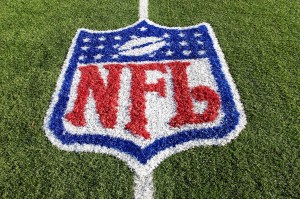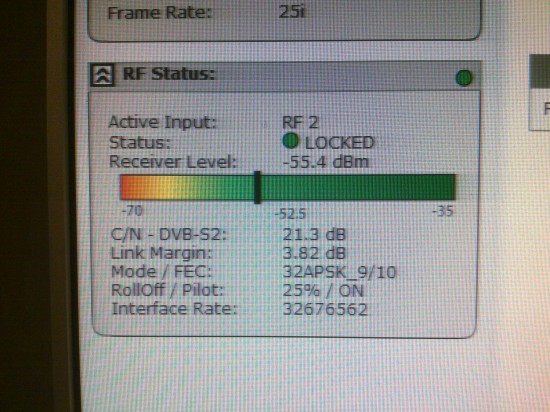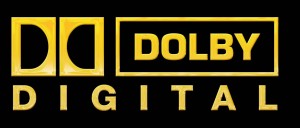NFL Tests
 Thanks again to Adrian at TV2Go and Susanna from SM2 Sports we brought in several test transmissions with the new RD-60. These were delivered on alternate paths parallel to the actual live transmissions with one important difference: the “real” signal had a data rate of 20 MBps, however our test transmission had a data rate of a whopping 32MBps – that’s 12MBps more – in the same size carrier.
Thanks again to Adrian at TV2Go and Susanna from SM2 Sports we brought in several test transmissions with the new RD-60. These were delivered on alternate paths parallel to the actual live transmissions with one important difference: the “real” signal had a data rate of 20 MBps, however our test transmission had a data rate of a whopping 32MBps – that’s 12MBps more – in the same size carrier.
Adrian was using an Adtec EN080 encoder for our NFL Tests – he can probably tell you more about it than I can 😉
What you do with the extra data is up to the client – in our case we used it to increase picture quality. But it could also be used to save on satellite space and thereby making transmissions cheaper. Even though I can see the accountants drooling over that possibility, I’d like to believe in seeing HD’s full potential instead. We tested both options and the results were equally impressive. Let me elaborate on the next page:
The original transmission on a 9 MHz carrier consisted of
- one 1080i / 25 / 4:2:0 HD video signal
- 2 pairs of discreet audio (English Stereo Mix and Stereo M&E)
- 1 Dolby E Stream (another 6 channels – English Mix in 5.1 surround)
- total data rate = 20 MBps
We used 8PSK modulation and MPEG2 compression. However, in the same size carrier, we could produce the same signal in 4:2:0 at 30 MBps – using 32APSK and H264/MPEG4 compression. To up the ante, we could even produce the same signal in 4:2:2 – again increasing picture quality – ending up with a data rate of 32MBps. See for yourself:

In another test we kept the above configuration and data rate, but thanks to to H264/MPEG4 and 32APSK we could use a 6 MHz carrier. That’s where 30% cost saving on sat space comes in. Think outside the box here for a moment: there are a lot of those 4.5 and 3 MHz carriers out there. We’re not touching those with a barge pole for sport events – but they could become useful to us. If not for sports, then certainly for standups and news gathering.
Let me tell you one thing about picture quality though: in an age of constantly reduced picture quality, we’re not used to the luxury of 4:2:2 anymore. With YouTube being the new leader in light entertainment, we have forgotten how good a video signal can actually look like. If you compare the same signal in 4:2:0 and 4:2:2, you’ll see an increase in sharpness, colour reproduction and vibrancy. Try it out when you get the chance.
8 Pair Audio Testing
We did a quick test with a transmission containing 8 audio pairs on the uplink – that’s 16 discreet channels of audio. The RD-60 coped very well with those, even though it would have been incredible to see all 8 pairs on the output. It’s easy to select the 6 pairs you need though and map them to whichever pair you’d like to hear them on.
Who knows, maybe Adtec are already working on the 7th and 8th pair? If so I’ll keep you posted 😉
UPDATE: I have just learnt that 8 pairs will be available with the latest firmware version 🙂
The thing about Dolby E streams
 A Dolby E stream is a rather complex thing – and well done to Dolby that 8 channels can be crammed into one pair of AES audio in 20 bit in the first place. For storage and transmission though, it can be a bit of a bitch to deal with. First, you need to record this at 20 bit and above – 16 bit won’t do due to the amount of data. All you’ll end up with is undecodable white noise (in other words: “pfffffffffffsssss….”). You also need to tell your recording / transcoding equipment NOT to re-compress this stream, otherwise you’ll compromise it.
A Dolby E stream is a rather complex thing – and well done to Dolby that 8 channels can be crammed into one pair of AES audio in 20 bit in the first place. For storage and transmission though, it can be a bit of a bitch to deal with. First, you need to record this at 20 bit and above – 16 bit won’t do due to the amount of data. All you’ll end up with is undecodable white noise (in other words: “pfffffffffffsssss….”). You also need to tell your recording / transcoding equipment NOT to re-compress this stream, otherwise you’ll compromise it.
I wanted to spend a minute to thank you for this.